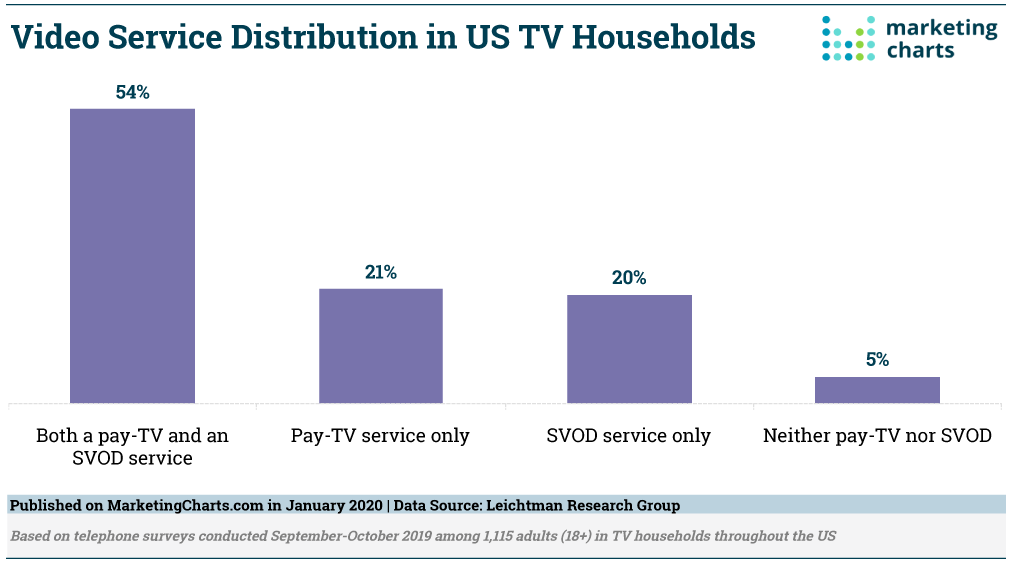Marketers are on the verge of expanding their addressable advertising efforts nationwide as cable TV companies work together to provide greater reach. Instead of being confined to two minutes an hour in local markets, addressable advertising inventory is expanding to 14 minutes among more households served by multichannel video programming distributors (MVPDs).
“The goal is to enable them to identify specific units within programming that they can convert into addressable to target households based on audiences that the advertiser wants to reach,” Larry Allen, vice president and general manager of addressable enablement at Comcast Advertising, said in this interview with Beet.TV.
Comcast partnered with Cox Communications and Charter Communications to form the On Addressability consortium to expand addressable advertising inventory nationwide, including within linear TV that makes up 75% of viewing.
“The On Addressability initiative was really a rally cry to the industry to bring together scale beyond what we’d been doing as MVPDs with addressable in the local two minutes,” Allen said. “We’re moving into pilot mode with Discovery in this quarter, so they’ll be live with campaigns by the end of the year with national advertisers.”
Source: MarketingCharts.com, Leichtman Research Group
Members of the consortium collect valuable return path data (RPD) about viewership from cable set-top boxes to help measure the reach of advertising and to improve targeting. The data are aggregated by an independent third-party measurement provider to show how ads have been delivered among multiple MVPDs.
“It’s moving from an individual measurement of an MVPD’s footprint to aggregating across multiple distributors, which is important for a national programmer and advertiser,” Allen said.
Measuring Under-Addressed Advertising
Extending addressable advertising nationwide creates a new dynamic of measuring which households were reached with the targeted ads, and the remaining under-addressed inventory the programmers want to monetize.
“For national programmers, when they convert a national unit that historically has been measured on an average commercial minute, they need to recoup the full value,” Allen said.
He cited an example of a programmer that typically reaches 300,000 households, and sells a sub-segment of 10,000 households to an advertiser seeking to reach high-propensity buyers of cars. That leaves 290,000 households that are still valuable to advertisers seeking the broadest reach possible. Measuring the various viewership segments requires a new methodology for programmers to realize the full value of their inventories.
“You’re not going to use the same methodology that you use historically,” Allen said. “You need to use the set-top box data and probably some panel for calibration to provide an understanding to both the marketer who’s in the under-addressable portion of the spot, but also to the programmer.”
Comcast is working with measurement company Comscore to provide independent third-party metrics about addressable advertising. Comcast will hand off its logs of campaigns for the addressable and under-addressable portions, which will be aggregated to give programmers a view of the total reach.
“Addressable TV is the perfect hybrid of linear television and digital video,” Allen said. “It’s bringing the best of those two worlds together. You get the premium quality of television, and you get the targeting and measurement capabilities of digital.”
This video is part of Advancing Toward a Common TV Measurement Currency, a Beet.TV leadership series presented by Comscore. For more videos from the series, please visit this page.




































